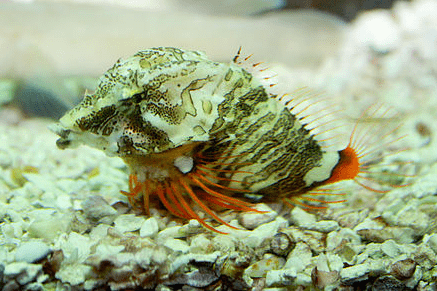The Japanese Grunt Fish or Isaki is a traditional Japanese fish that is served in many Edomae-Style sushi restaurants. Over the years it has become increasingly popular since restaurants today offer several different types of sushi made from a single grunt fish. Although sushi tends to be on the expensive side but the Isaki sushi is moderately priced and it does not take too long to prepare.
About Japanese Grunt Fish
The Japanese Grunt Fish is identified through its white flesh. Once it arrives in the restaurants, it marks the arrival of the rainy season in Japan as well. This is just around June. The Isaki features a light and delicate flavor. Restaurants age it for around 2 to 3 days to create and bring out a much more complex flavor along with improving the texture. Plus, the Isaki is found in abundance in southern Japan. Most restaurants get it from Kyushu Island.
Preparing and Cooking Process of Isaki
To begin preparing the Isaki, you first need to remove the gills and guts of the fish without removing the head. This is done to age the fish to its maximum potential without exposing it to oxygen since the flesh of the skin is not cut.
Moreover, to ensure that the fish is suitable for aging, it is killed using a technique called Ikejime. This is a technique that involves putting a slight cut on the tail of the fish to allow the blood to flow out after the fish is killed.
Once the blood flows out, you should wash it with cold water and begin descaling. It is suggested to descale the fish using a traditional Japanese fish scaler called urokotori. Observe the direction of the scales and run the scaler against the direction to remove the scales efficiently. Use cold water to wash away the scales and then slime with cold water.
Once the descaling is done, it is time to remove the gills. Using the knife, insert its tip into the gill cavity and cut the grill ends connecting the arches. Next, cut the bone that connects to the collar of the fish and the head. This will allow you to completely open the fish. You should be using a sharp knife to cut open the entire fish from the center.
However, make sure that you do not cut yourself. Once the fish cavity is open, take out the gills and innards. Ensure that you remove the air bladder as well and anything that might rot during the aging process.
Then, insert paper towels inside the head and stomach cavity. The paper towels will absorb all the blood during the aging process. Place the fish inside a plastic bag and remove all the air. Tie the other end to ensure no air enters inside.
Final Word
The Japanese Grunt Fish requires a bit of practice and patience since the aging process needs to be ideal to make the perfect Isaki sushi. You need to ensure that you remove the innards properly and make the perfects fillet cuts. If cutting is not your thing, you can take the fish to a nearby restaurant and ask the chef to prepare the fillets for you. This way, you will not end up wasting the fish.

